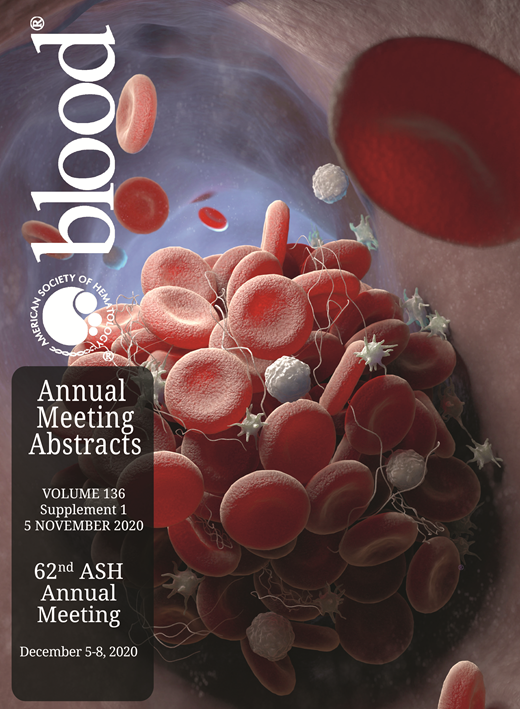Introduction: Approvals of biosimilar pegfilgrastim products in recent years have reduced the costs of single-dose prophylaxis of chemotherapy-induced (febrile) neutropenia (CIN/FN). While reference pegfilgrastim with on-body injector (PEG-OBI) offers convenience to patients over use of next day pre-filled syringe (PFS), PEG-OBI has a reported failure rate of 1.7-6.9% that predisposes patients to increased risk of CIN/FN episodes. Incremental FN-related hospitalizations (FN-HOSP) associated with PEG-OBI failure contribute to the cost differential between PEG-OBI and assured prophylaxis with biosimilar PEG-PFS. Cost savings generated from conversion to biosimilar PEG-jmdb create opportunities for providing expanded access on a budget-neutral basis to additional CIN/FN prophylaxis or anti-neoplastic treatment. Hence, in a panel of 15,000 patients with diffuse large B-cell lymphoma (DLBCL), we aimed to: 1) quantify the cost-savings from assured prophylaxis with biosimilar PEG-jmdb over PEG-OBI accounting for device failures, 2) simulate the additional CIN/FN prophylaxis that could be achieved from the cost-savings, and 3) model the expanded access to anti-neoplastic treatment with rituximab, cyclophosphamide, doxorubicin, vincristine and prednisone (R-CHOP) that could be provided on a budget-neutral basis through reallocation of cost-savings.
Methods: Simulation analysis in a panel of 15,000 DLBCL patients at risk for CIN/FN from the US payer perspective utilized. Costs of medication were based on Q1 2020 average selling price (ASP) for PEG-OBI, PEG-jmdb, and R-CHOP drugs derived from CMS Q3 2020 reimbursement limits; cost of PEG-OBI and PEG-jmdb administration per CMS Outpatient Prospective Payment System; between one and six cycles of prophylaxis; conversion rates from PEG-OBI to biosimilar PEG-jmdb ranging from 10% to 100%; and PEG-OBI failure rates of 1% to 7%. Differential base rate of FN-HOSP in NHL (rate of FN-HOSP without colony-stimulating factor [CSF] minus rate with CSF) was 10.03% over a 6-cycle regimen with 56% occurring in cycle 1 (Chrischilles et al., Cancer Control 2002; 13.25% with CSF, 23.28% without). FN-HOSP costs in 2012 of $25,676 per episode for NHL patients (Tai, J Oncol Pract 2017) were adjusted per the Consumer Price Index for Medical Care to $31,914 for 2020.
Results: Conversion from PEG-OBI to biosimilar PEG-jmdb in a panel of 15,000 DLBCL patients generated savings ranging from $379,230 (for one cycle of prophylaxis at 10% conversion) to $22,753,800 (6 cycles at 100%) considering the cost of medication plus administration. These cost-savings could provide access to between 110 (1 cycle at 10% conversion) and 6,623 (6 cycles at 100%) additional cycles of PEG-jmdb on a budget-neutral basis, or between 58 and 3,452 cycles of R-CHOP, respectively.
Taking incremental FN-HOSP costs due to PEG-OBI failure into consideration, cost-savings in cycle one from conversion to PEG-jmdb, ranged from $406,118 (at 10% conversion and PEG-OBI failure of 1%) to $5,674,454 (at 100% conversion and 7% PEG-OBI failure). These savings translated into expanded access to between 118 additional cycles of PEG-jmdb or 62 cycles of R-CHOP (at 10% conversion and 1% PEG-OBI failure) and 1,652 cycles of PEG-jmdb or 861 cycles of R-CHOP (at 100% conversion and 7% PEG-OBI failure).
Over a 6-cycle regimen, savings increase to $2,323,394 (at 10% conversion and 1% PEG-OBI failure) to $26,114,789 (at 100% conversion and 7% PEG-OBI failure). These additional savings increased expanded access to PEG-jmdb to between 676 additional cycles of PEG-jmdb or 353 cycles of R-CHOP (at 10% conversion and 1% PEG-OBI failure) and 7,601 cycles of PEG-jmdb or 3,962 cycles of R-CHOP (at 100% conversion and 7% PEG-OBI failure).
Conclusions: CIN/FN prophylaxis with biosimilar PEG-jmdb generates substantial cost savings compared to PEG-OBI when considering drug and administration costs. Savings further increase when the costs of FN-HOSP related to PEG-OBI failure are taken into account. Reallocation of savings realized through conversion to biosimilar pegfilgrastim-jmdb provide expanded access to additional CIN/FN prophylaxis and anti-neoplastic treatment on a budget-neutral basis while reducing risk and associated hospitalization costs associated with inadequate prophylaxis due to device failure.
McBride:Coherus BioSciences: Consultancy, Speakers Bureau; Merck: Speakers Bureau; Pfizer: Consultancy; Sandoz: Consultancy; MorphoSys: Consultancy; Bristol-Myers Squibb: Consultancy. MacDonald:Sandoz: Consultancy; Coherus BioSciences: Research Funding; Mylan: Consultancy; Novartis: Consultancy; Janssen: Consultancy; Rockwell Medical: Consultancy; Terumo: Consultancy; Celgene: Consultancy; MorphoSys: Consultancy. Abraham:Sandoz: Consultancy; Mylan: Consultancy; Janssen: Consultancy; Rockwell Medical: Consultancy; Terumo: Consultancy; Celgene: Consultancy; Coherus BioSciences: Research Funding, Speakers Bureau; MorphoSys: Consultancy.
Author notes
Asterisk with author names denotes non-ASH members.

